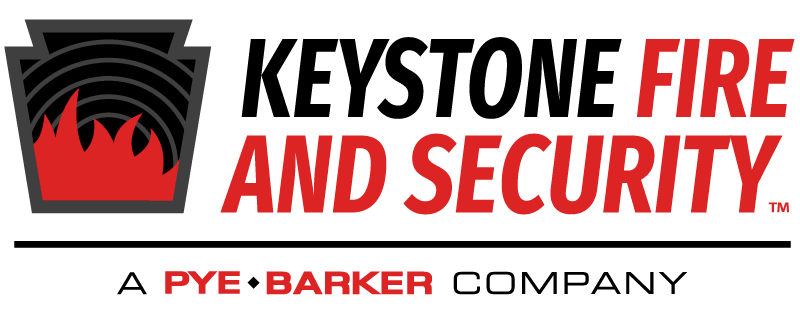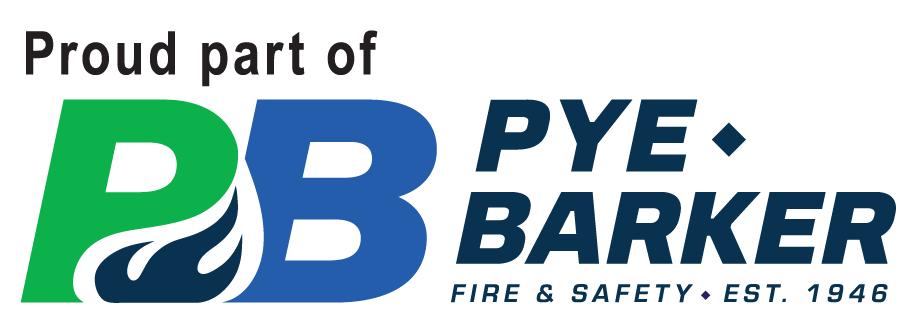It’s a normal workday. Suddenly the fire alarm rings. You quickly move to the exit door and head to the assembly area with other employees. That’s the way a building evacuation should work, but only if your employees practice!
U.S. fire departments responded to an average of 3,340 fires per year in office properties from 2007-2011, according to estimates from the National Fire Protection Association (NFPA). Fire drills reinforce safety training procedures to get out a building quickly and safely. They also test the functionality of fire suppression systems and processes throughout the building.
Here are some “Do’s and Don’ts” for conducting a fire drill at your workplace:
DO Communicate about a Fire Drill Often
Frequent communications are integral to a successful fire drill. Employees need these reminders to move an evacuation plan into long-term memory. A written plan is easy to practice because everyone knows their roles, and how they are expected to respond to an emergency.
Engage various methods to communicate your fire drill procedures. For example, fire drill information can be featured on an intranet site or internal social media. Utilize email blasts or handouts for supervisors to discuss during meetings. Some facilities also communicate with employees through bulletin boards and posters.
DON’T Overlook Visitors in Fire Drill Plans
Conducting regular fire drills are important to get employees trained to respond quickly. But keep in mind that vendors, clients, students, and others could be visiting your facility during a workday. These visitor groups are often unfamiliar with your fire drill procedures and may need guidance from employees and safety coordinators to exit your building safely. Proper signage that clearly indicates evacuation routes will also decrease risks for visitors.
Employees who are new to the company can also fall into this “visitor” category. Fire drill plans should include specific communications to train your newest employees about fire drills.
DO Hold an Unscheduled Fire Drill to Test Fire Safety Systems and Processes
If possible, add an unscheduled fire drill to test the readiness of your fire safety systems and procedures. With regularly scheduled fire drills, employees become familiar with their assigned escape routes and fire alert systems. Real-life evacuations might require using unfamiliar exits and diverse fire safety systems. If employees are able to react to alarms from fire safety systems and locate alternative routes under non-threatening conditions, the probability of a successful evacuation during an actual emergency will increase.
In an unannounced fire drill, you can also simulate “blocking” a regular exit so employees have to locate an alternate. Work with your local fire company to assist with the safe simulation of obstruction during your fire drill. Don’t forget to alert your fire alarm specialists so they can monitor your fire safety systems in action and report feedback to be used in the re-evaluation of your fire evacuation plans.
DON’T Forget to Reevaluate Fire Evacuation Plans
After every fire drill, it’s important for safety coordinators to evaluate whether the drill was effective and if there’s room for improvement. In some cases, contact names were changed or the building’s layout or design was revised, and the emergency plans will need to reflect those updates. Operations and personnel can change frequently. You don’t want an outdated plan to be a disadvantage in an emergency.
Marco Protection Systems, LLC has many fire safety systems available including early warning fire alarm systems, security cameras, access control, and more. For more information on the types of fire detection systems available for facilities, contact Marco Protection Systems LLC.

